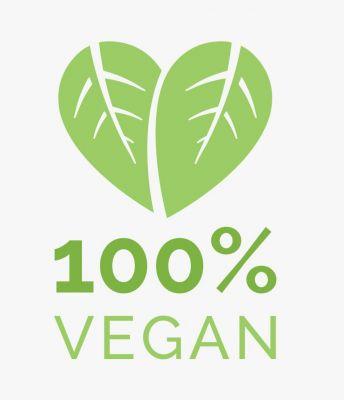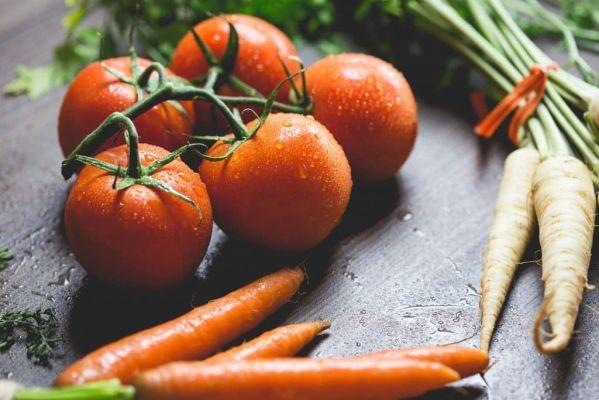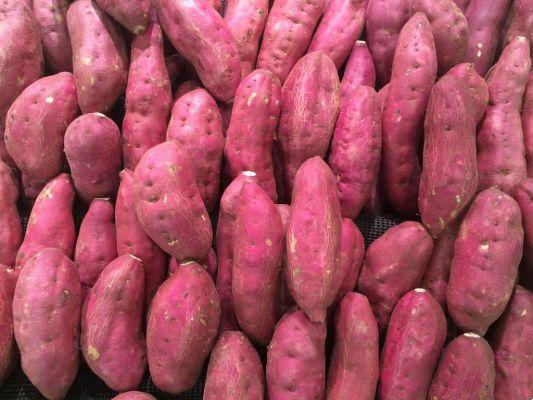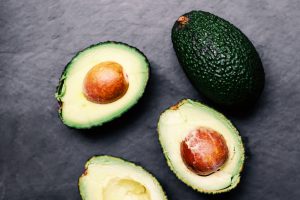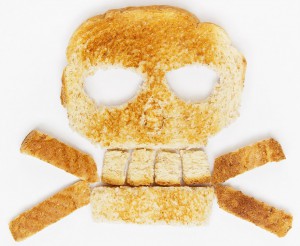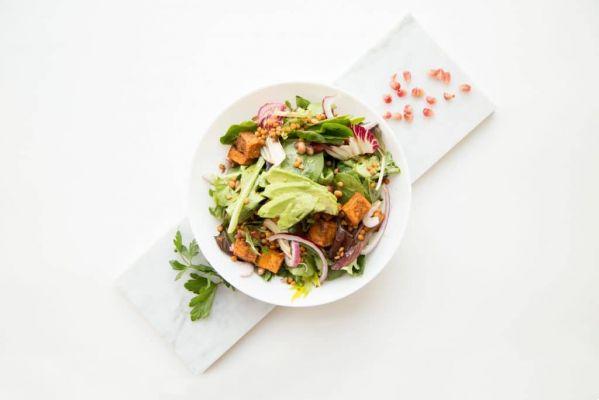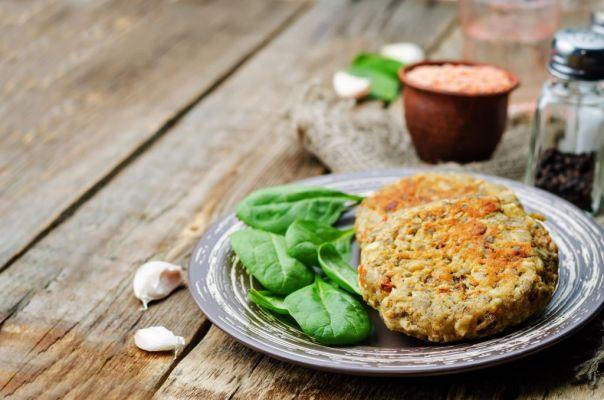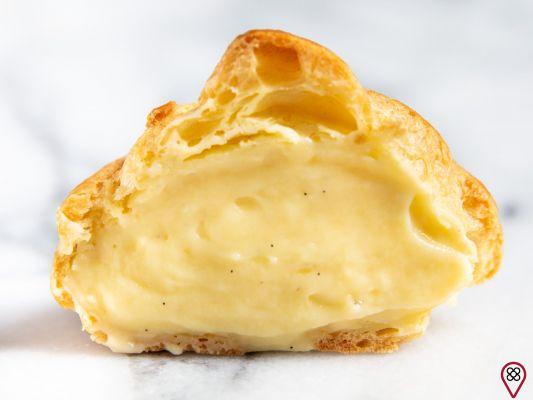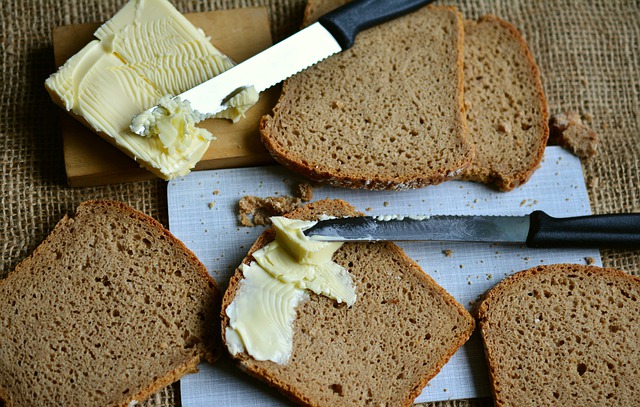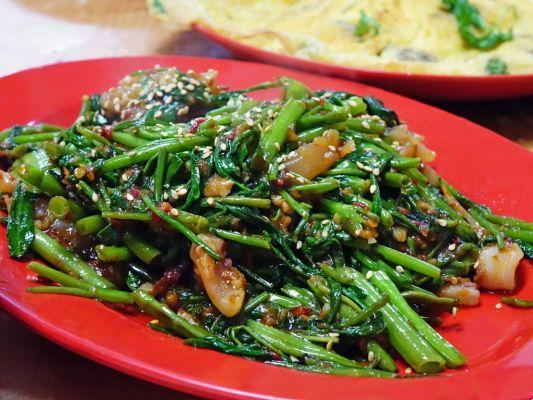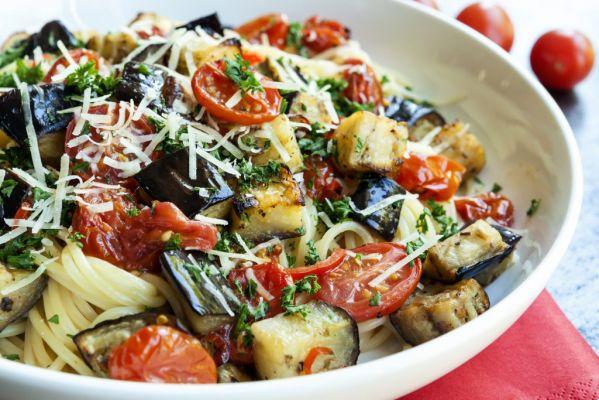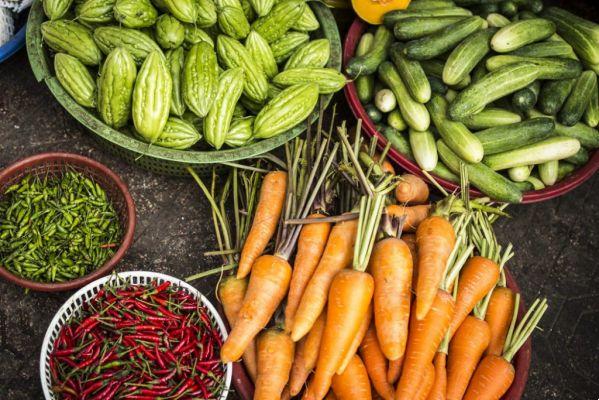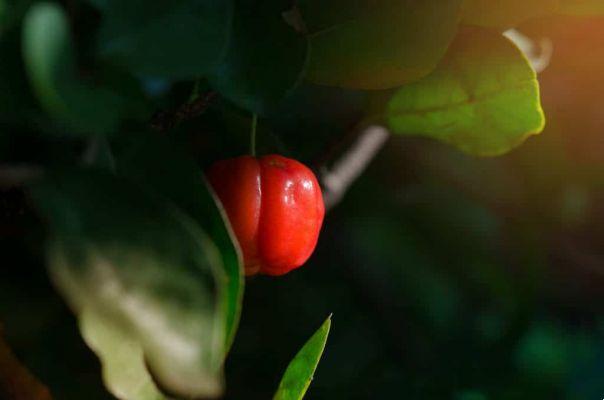“This food contains gluten” or “this food does not contain gluten” are phrases that are on many food packaging. However, how many people actually know what gluten is and what foods it is present in? Is gluten bad for health? Is it possible to replace this component with something else?
Below you will find answers to all these questions. After reading all the information that we have prepared below, you will be able to quickly identify which products contain gluten. Enjoy!
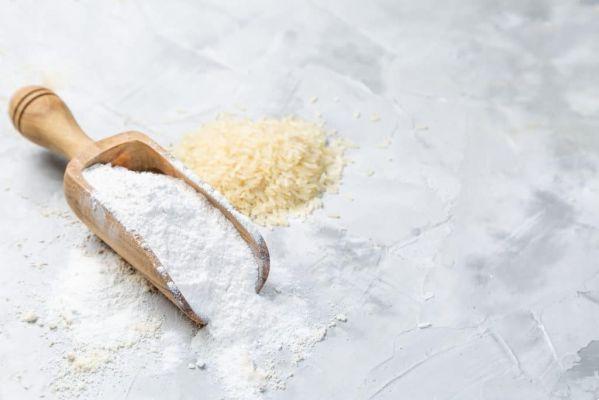
What is gluten?
Contrary to what one might imagine, gluten is not a chemical ingredient, nor was it produced in a laboratory. Gluten is a protein that can be found in cereals. Some of them are wheat, rye and barley.
This protein is responsible for bringing elasticity to the foods that contain it, in addition to being the reason for the bread to be soft, for example. Essentially, gluten does not pose a health risk as it is a natural protein; on the other hand, there are people who may be allergic to this compound.
The harm that gluten can cause
People who are allergic to gluten are called celiacs. This condition causes the individual's intestine to be unable to digest the protein, activating the immune system against the body itself.
A person who is celiac may experience pain, diarrhea, bloating and bloating. These symptoms are the result of the attack of the body's defense cells that strive to expel gluten from the body.
Although celiac disease deserves special care and attention, it is important to note that only 1 in 100 people suffer from this problem. In other words, 1% of the world's population is allergic to gluten.

Despite this, there is a larger portion of the world population, 5%, who experience intestinal discomfort after eating foods that contain gluten. These people are not necessarily celiac, and may be diagnosed with non-celiac gluten sensitivity.
To identify celiac disease, you need to seek medical help. A professional gastroenterologist will be responsible for ordering a blood test (to check for the presence of antibodies characteristic of the disease) and a bowel biopsy. If an allergy is identified, you will need to cut out gluten from your diet.
Celiac disease is the only harm gluten can cause. Gluten is often cut out of diets aimed at weight loss. A person who does not eat gluten can, in fact, lose weight, but only because foods that contain this protein are carbohydrates that are difficult to digest. Reducing the consumption of these foods will automatically facilitate digestion.
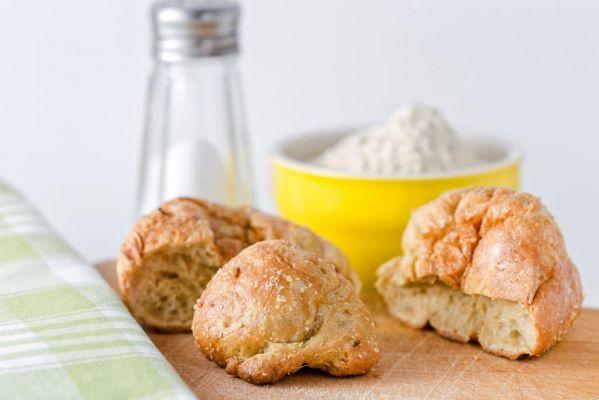
Foods that contain gluten and how to replace them
Having understood what gluten is and what type of problem it can cause for a very specific part of the population, it remains to be seen which foods contain this protein and how they can be replaced.
Once you understand what gluten is, you understand that it is present in cereals and carbohydrates. Wheat and by-products, rye and by-products, barley and by-products, processed foods, salad dressings and oats are food groups that contain gluten.
You may also like
- Understand how brands show that a product is gluten-free
- Make a gluten-free cake with a lot of flavor
- Identify if you are gluten intolerant
Wheat flour, bread and beer, for example, are everyday foods that can be villains for a celiac person. To continue consuming these foods, it will be necessary to find products that are made without the use of cereals that give rise to the aforementioned ingredients.
For cereals, the options are: rice flour, corn starch, cassava flour, potato starch, soy flour, flour, rice flakes and corn flakes. Without wheat, all these foods can be consumed by people with celiac disease.

Another option for those who cannot eat gluten is to add more fruits and vegetables to their diet. These natural foods do not have protein in the composition and still provide energy and nutrients for people who need to remove a significant portion of carbohydrates from the menu.
Dairy products are also gluten free and can be consumed by people who are not lactose intolerant. Cheese, yogurt and fruit ice cream can be options to diversify the diet of people with celiac disease.
If you want substitutes that exactly reproduce products that contain gluten, such as a gluten-free beer, it is best to look for the symbol on the packaging that the food is protein-free. Knowing what gluten is, you can easily identify what is bad for your body.



